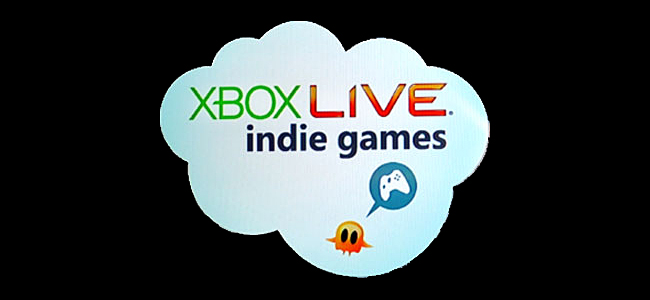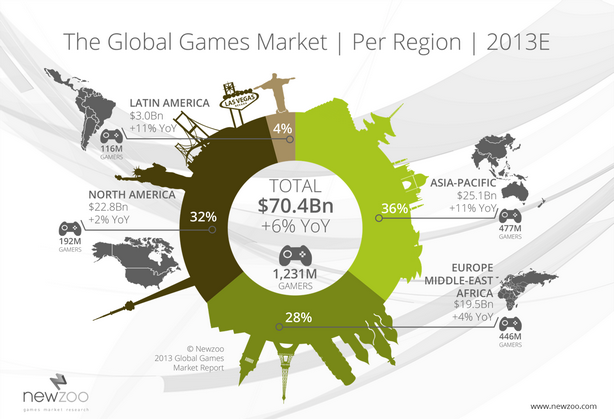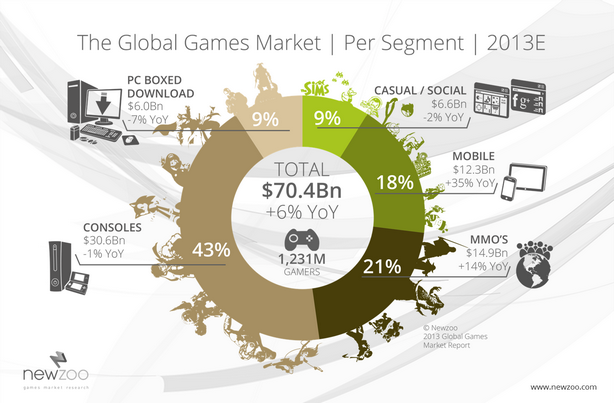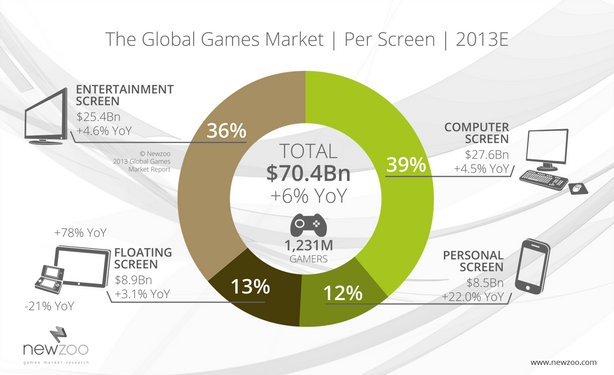By Meelad Sadat
The trajectories of G4TV and Machinima over the last decade are good indications of how gamers like to take in their video programming. The former is gone. Meanwhile Machinima’s YouTube channel is drawing audiences that eclipse cable networks, and it’s only one among a number of increasingly popular online video channels for games. It only makes sense that filmed news-style programming covering the game industry follows the same path. Enter online news video service GamerHub.tv, essentially filling the role where there was once satellite news releases, launched by veteran game industry journalist John Gaudiosi late last year.
 John Gaudiosi
John Gaudiosi
Right around when PS2 was setting game console install records and buzz was building for this last generation of systems, it seemed video games were headed for big-time TV. Cable giant Comcast launched G4 during that time, going on air in 2002. Other programs such as TechTV’s X-Play and syndicated shows Electric Playground and Gamer.tv began rising in popularity, and gaining muscle in the form of publisher PR-marketing support.
While Electric Playground is still around, and Spike TV has carved a niche with its GTTV show, online video nets YouTube and TwitchTV are where most people are looking for game related video today. TwitchTV has established itself as an open source video streamer’s paradise, whether it’s self-styled game experts web casting their play sessions or major game tournaments and special events drawing thousands of viewers. For more TV-style channels and programming, gamers are turning to YouTube. That’s where Machinima is thriving, and even game outlets IGN and GameSpot that previously walled their video content on their own sites have set up channels there.
YouTube is also where Gaudiosi has set up shop for GamerHub.tv. Along with GamerHub’s video team headed by Greg Burke and Mike Wang, the channel has served more than 1,100 videos since launching in October 2012. Their content, while focused on games, branches outside of the industry. GamerHub has become a mainstay at not just major game trade shows but also big entertainment and sports events, and it frequently features interviews with celebrities and athletes talking about games and tech.
GamerHub is partnered on two fronts to syndicate its content. It works with DBG Video Syndication, which serves major TV networks and is rated by comScore as one of the top five video syndication services. Separately, its slate of content aimed at core gamers, such as reviews, previews and game developer interviews, are syndicated by Tribune McClatchy to over 300 newspapers across the country, including Chicago Tribune and Los Angeles Times.
We talked with Gaudiosi, who both writes and films for GamerHub.tv, about his new venture in this exclusive interview.
Tell us about what GamerHub.tv and who should be using it.
While there are a lot of sites out there focusing on the core gaming audience, the biggest area of growth in video games today is in the mainstream. Because we have a lot of our editorial content syndicated to mass market newspapers like the Chicago Tribune and Los Angeles Times, we target stories and interviews that will appeal to this broader audience. We also have a lot of exclusive video interviews with big name celebrities and sports athletes talking about video games, which offers another unique way into what has become a global pastime — gaming.
For games, what’s the demand out there for in-depth pieces and interviews, who’s asking for this content?
As more newspapers are laying people off, issuing furloughs and even closing down, there’s more need for content than ever before. I started writing for The Washington Post back when I was still in undergraduate school at George Mason University. Gaming was new back then, and the paper would only devote small capsule reviews and an occasional feature. Thanks to the internet, there’s now a demand for longer-format features, reviews, interviews and gaming content, which we’ve been able to fill with a variety of veteran and aspiring game writers. We work with Tribune and McClatchy editors to keep a steady flow of gaming content to the mainstream readers of newspaper websites across the country.
What kind of stories play best, and when it comes picking interviewees, what are the right considerations to get maximum play from your syndication partners?
There are a lot of similarities between what the mass market audience is looking for around gaming content and more core gamers seek. Timely reviews of new games are very much in demand. Games cost a lot today and with the economic issues that still effect many consumers, people don’t want to get ripped off paying $60 for a terrible Star Trek video game. There’s also a lot of interest in game previews, as well as coverage of big events like CES, GDC and E3, where a lot of big news happens. With the upcoming launches this fall of the new Xbox and PlayStation 4, next gen consoles are also very popular today.
Since violence in games is frequently in the spotlight, have you run into issues with what kind of content you can syndicate? Do you have any guidelines to share on violent content?
Thanks to a solid ESRB ratings system, which just recently was awarded the most accurate and successful by the FTC of all entertainment, we haven’t run into any issues with violence in video games with our content. The ratings of every game we review are clearly stated, and we review content based on the fact that gamers who are playing these titles have to be the appropriate age to rent or purchase them.
The one thing we won’t do, which I hate to see in the mainstream media, is jump on an erroneous bandwagon that “violent video games are to blame” whenever there’s a tragedy in the U.S. or anywhere in the world. Blaming video games on the actions of a sick individual who has easy access to a semi-automatic weapon is ludicrous and it takes the attention away from the real problems in our country and others. I also think it’s strange when a “news” organization will report that some killer played Call of Duty or some other shooter. These days, with the majority of gamers playing some type of game, the fact that someone plays games isn’t a differentiator. It’s like saying someone watches movies or TV or listens to music. It’s not the cause of any tragedy.
What about the team who started up GamerHub.tv, how did you come together and where were you before?
I’ve been working with Greg Burke on the video side of the business since 2010. GamerHub.tv came about after I chose the wrong partner for my last venture, and I wanted to make sure I had people I could trust and with solid gaming backgrounds for this video and editorial syndication venture. We’ve got a great team of people and we’re churning out solid exclusive video content that I believe is on par with any of the big companies out there — and doing it in a streamlined and affordable fashion.
You have notable experience interviewing celebrities with your previous beats for Hollywood Reporter, Variety and Entertainment Weekly. Give us one horror story for a celebrity interview, with or without naming names.
I’ve been pretty lucky with interviews. Honestly, the way Hollywood works, which is the complete opposite of the gaming industry, is that the barrier through to Hollywood talent is wall after wall of publicists. While there are plenty of great Hollywood PR reps, some of them can be very “difficult.” And often most horror stories involved getting through these gatekeepers. By the time all that work has been done, the actual talent is great.
My one exception in all the years of working this beat is Dennis Miller. Back when I was new to the biz I did an on-camera interview with him for The Net. I had already interviewed Sandra Bullock, who was a sweetheart. They gave me Miller before his lunch break, and he didn’t want to do the interview. He wanted to eat. His people made him do the interview, which was on-camera. So he took out a banana and ate it during the interview, while giving me one-word answers to questions. It was very rude. And all of it was captured on camera.
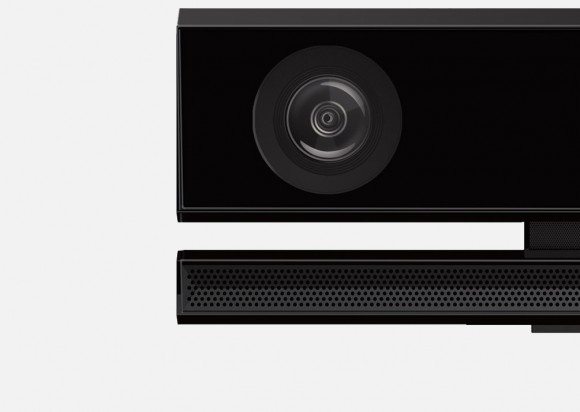
 John Gaudiosi
John Gaudiosi
